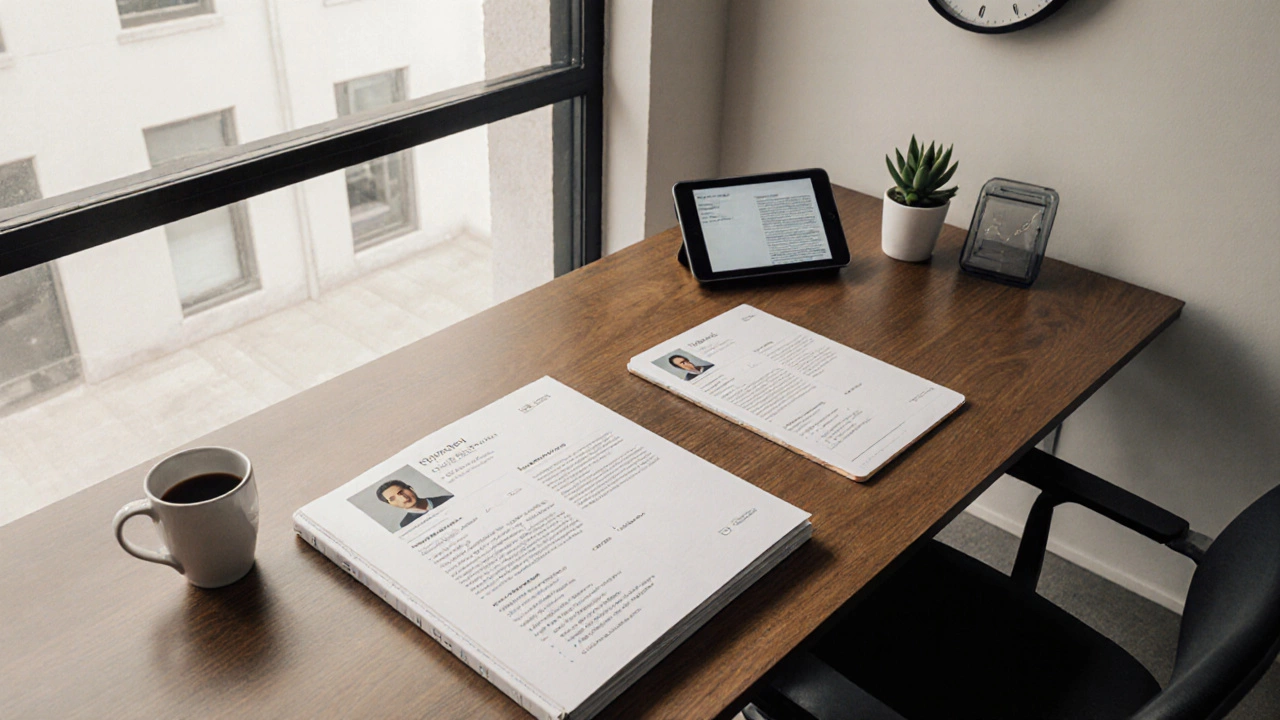Gallery Selection Criteria: What Curators Look For
Understanding gallery selection criteria is crucial for any artist aiming to show work. When working with gallery selection criteria, the set of standards curators use to decide which artworks belong in a show. Also known as exhibition selection standards, it shapes what visitors see and how artists get exposure.
At its core, curating, the process of choosing, arranging, and presenting artworks in a coherent narrative relies on three pillars: the artist’s portfolio, audience expectations, and current art market trends. A strong portfolio gives curators a clear sense of an artist’s voice, technical skill, and evolution over time. Meanwhile, knowing who will walk through the gallery doors helps fine‑tune the emotional and visual impact of an exhibition. Finally, market data—from recent sales to emerging collector interests—acts like a compass, pointing curators toward works that will sell and spark conversation.
Key Factors Behind Gallery Selection
First, the artist portfolio, a collection of finished pieces, sketches, and statements that showcase an artist’s style and themes is examined for consistency and originality. Curators ask: Does the body of work tell a story? Does it complement existing pieces in the gallery’s program? Second, audience preferences, the tastes, cultural background, and expectations of visitors are mapped through surveys, foot traffic data, and social media engagement. Third, art market trends, patterns in sales, collector demand, and emerging mediums inform decisions about size, medium, and price point. Together, these entities create a decision tree that guides the final selection.
Semantic connections run deep: gallery selection criteria encompasses curating, curating requires reviewing the artist portfolio, and art market trends influence both selection criteria and audience preferences. When a curator spots a rising medium—say, AI‑generated installations—they weigh how it fits the gallery’s mission and whether collectors are already investing. If the data points line up, the work moves forward; if not, it may be set aside for a future show.
Beyond the basics, other practical considerations pop up. Installation logistics—like wall space, lighting needs, and safety regulations—can tip the scale. Budget constraints shape how many pieces a gallery can afford to exhibit, while the reputation of the artist or their representation by a respected dealer adds credibility. Also, the thematic relevance to current cultural conversations—social justice, climate change, digital life—can boost a piece’s appeal.
All these factors blend into a nuanced checklist that curators follow before they sign a contract. Below, you’ll find a curated set of articles that dive into each element: from detailed guides on assessing artist portfolios to data‑driven looks at market trends, plus practical tips on installation and audience engagement. Use these resources to decode the process, sharpen your own submissions, or simply understand why certain works make it onto the walls you love.
